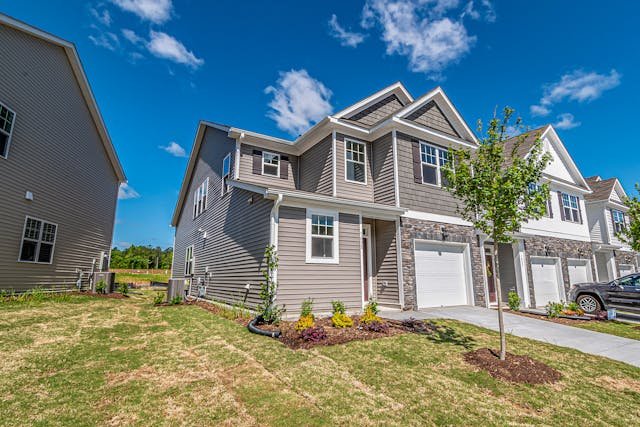Process of Obtaining a Mortgage
The process of obtaining a mortgage for buying a home in Puerto Rico is similar to the process in many other places, but there are some specific aspects to consider due to Puerto Rico’s unique status as a territory of the United States. In this essay, I will outline the general steps involved in the mortgage process for purchasing a home in Puerto Rico.
The first step in the mortgage process is to assess your financial situation and determine how much you can afford. This involves looking at your income, expenses, credit score, and other financial factors. In Puerto Rico, as in the rest of the United States, your creditworthiness plays a crucial role in determining the interest rate you’ll be offered.
Your Financial Situation
Once you have a clear understanding of your financial situation, the next step is to shop around for a mortgage lender. There are various financial institutions, such as banks and credit unions, that offer mortgage loans in Puerto Rico. It’s essential to compare interest rates, loan terms, and any additional fees associated with the mortgage.
After selecting a lender, you’ll need to complete a mortgage application. This application will require information about your income, employment history, assets, and debts. In Puerto Rico, lenders may also consider additional factors such as residency status, as the territory has specific rules and regulations governing real estate transactions.
Mortgage Application
 Once your mortgage application is submitted, the lender will review your financial information and conduct a thorough assessment of your creditworthiness. This process may involve verifying your income, employment, and other financial details. In Puerto Rico, lenders may also consider the property’s appraisal value and title search to ensure there are no issues with the property.
Once your mortgage application is submitted, the lender will review your financial information and conduct a thorough assessment of your creditworthiness. This process may involve verifying your income, employment, and other financial details. In Puerto Rico, lenders may also consider the property’s appraisal value and title search to ensure there are no issues with the property.
If your mortgage application is approved, you’ll receive a loan commitment letter outlining the terms and conditions of the loan. This document will include the loan amount, interest rate, monthly payments, and any other relevant details. It’s crucial to carefully review this letter and seek clarification on any points that may be unclear.
With the loan commitment in hand, you can move forward with the homebuying process. In Puerto Rico, as in the rest of the United States, this typically involves working with a real estate agent to find a suitable property. Once you’ve identified a property, you’ll negotiate the purchase price with the seller and enter into a purchase agreement.
the Approval
After the purchase agreement is signed, the lender will proceed with the final approval of your mortgage. This may involve additional documentation and verification steps. Once the mortgage is fully approved, you’ll attend the closing, where you’ll sign all the necessary documents to transfer ownership of the property.
In Puerto Rico, it’s important to be aware of additional legal considerations. The closing process may involve a notary public, who plays a significant role in real estate transactions in the territory. The notary ensures that all documents are properly executed and recorded.
In conclusion, the mortgage process for buying a home in Puerto Rico follows a similar framework to the rest of the United States. However, due to the territory’s unique legal and regulatory environment, there are specific considerations, such as residency status and the involvement of a notary public, that prospective homebuyers should be aware of when navigating the real estate market in Puerto Rico.




